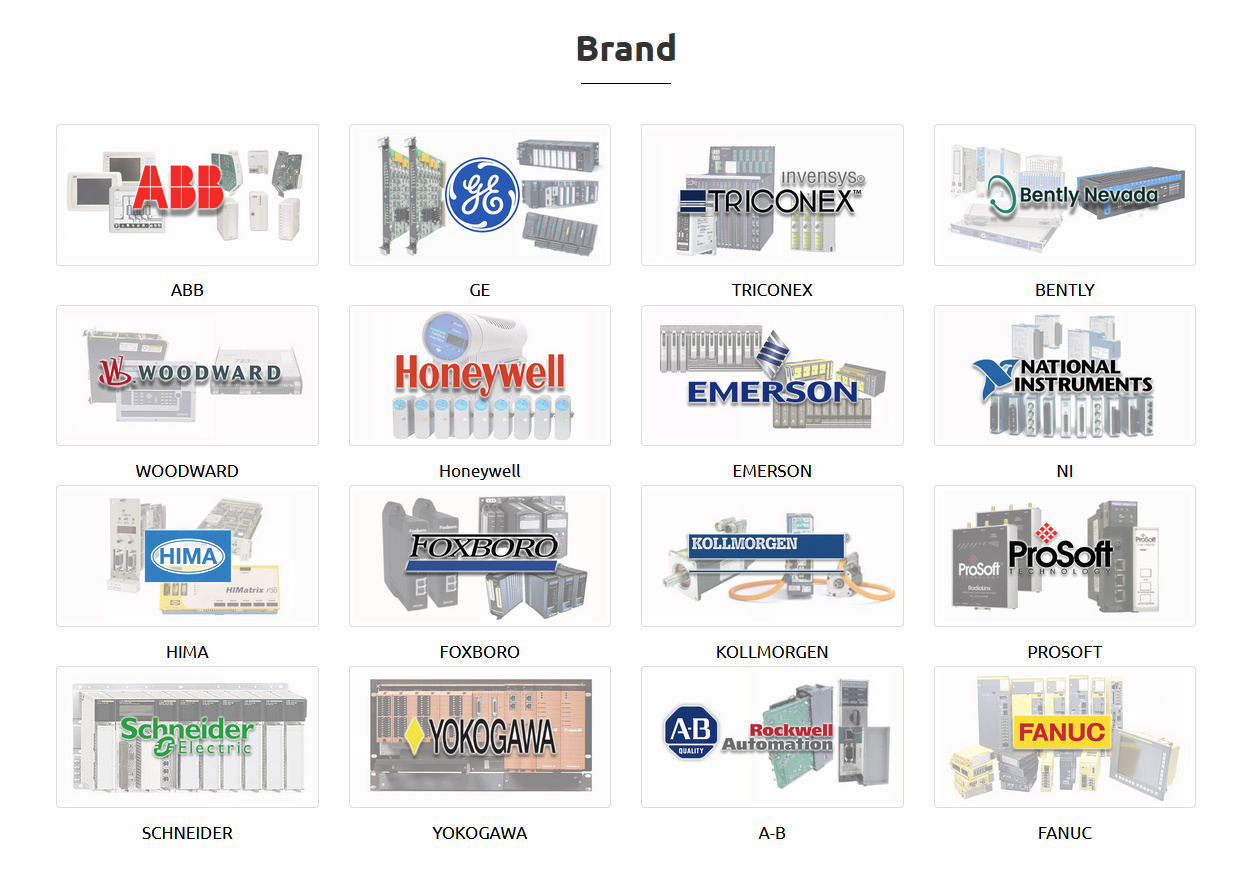Product Number: 5463-716
Manufacturer: Woodward
Product type: Module
Availability: In stock
Function: SIO module
Country of Manufacture: USA
5463-716 is a SIO module developed by Woodward. As a serial input/output (SIO) module, its purpose is to coordinate the harmonious convergence of four different serial communication ports with the VME (VersaModule Eurocard) bus, a feat that embodies the fusion of precision and integration. Delving into its core functions, the SIO module assumes a key role in managing and governing the operational dynamics of these four communication ports. These ports act as conduits for data traversal, facilitating seamless interaction between the device and the broader control system. By orchestrating the symphony of this data flow, the SIO module ensures that the communication process is controlled, coherent, and reliable.
Product attribute
A crucial aspect is the synchronization of baud rates within ports C and D. Since the communication speed is set to 38.4 Kbaud or 57.6 Kbaud, the harmonization of these rates between the two ports becomes imperative. This synchronization is the cornerstone for the secure and precise transfer of data between devices connected to these ports. Ensuring baud rate alignment effectively builds a strong bridge for accurate information exchange, ultimately enabling reliable data transmission.
Integrating SIO modules into a larger system environment can have a transformative impact. It introduces a critical gateway through which a large number of serial communication devices can be seamlessly connected to the command VME bus. This integration emphasizes the commitment to achieving synergies between the different components within the system, ultimately increasing cohesion and reliability.
Embodies a set of characteristics that redefine communication in the field of control systems. Its mastery of high-speed serial communication, compatibility with a wide range of systems, tailored configurability, and unwavering commitment to data integrity make it a model for modern engineering. Since it Bridges the gap between systems, it doesn't just transmit data; It injects new confidence in the accuracy, efficiency and reliability of communication in a complex control environment.
Port specification
Here are the specifications for each port:
Port A (J1) : This port is an RS-232 serial communication port. It follows the RS-232 standard for serial communication and is designed for connecting devices using the RS-232 protocol.
Port B (J2) : Similar to port A, this is also an RS-232 serial communication port. It provides another RS-232 interface for connecting devices that comply with the RS-232 standard.
Port C (J3) : Port C is a multifunctional port that supports multiple serial communication protocols. It can be configured to use RS-232, RS-422, or RS-485 communication protocols. These protocols provide different standards for serial communication in long-distance or multipoint network topologies.
Port D (J4) : Similar to port C, port D can also support RS-232, RS-422, or RS-485 communication protocols. It provides the flexibility to choose the appropriate protocol based on specific requirements.
Install
When one or more transmitters are connected to a single receiver, the terminal should be located on the receiver of the RS-422. When a single transmitter is connected to one or more receivers, the termination should be made at the receiver farthest from the transmitter. The ends of the RS-485 should be located at both ends of the cable. If the terminal cannot be placed at the end of the cable, it should be placed as close to the end as possible. A three-resistance divider between the positive voltage and the ground is used for terminating the circuit. The impedance of the resistance network should be equal to the characteristic impedance of the cable.
This is usually between 100 and 120. The goal is to maintain voltage levels between the two differential lines so that the receiver remains stable. The differential voltage can be between 0.2V and 6V, and the maximum voltage between the receiver input and the circuit ground is less than 10V. Each port on the SIO board has its own network of terminal resistors. The resistance network is connected via 9-pin connectors on pins 6 and 9.
peculiarity
High-speed serial communication: The core of this module lies in its ability to facilitate high-speed serial communication, which is a channel for the rapid and efficient transfer of data between interconnected systems and components. This feature increases the efficiency of data exchange and facilitates the rapid dissemination of critical information in complex control environments.
Seamless compatibility: The SIO module is characterized by its seamless compatibility with various Woodward control systems. This inherent versatility emphasizes a commitment to harmony, ensuring that integration is effortless and operational cohesion is achieved across a range of control Settings. The module becomes a universal bridge, uniting various components into a coherent arrangement.
Tailored configuration: SIO modules are not a one-size-fits-all solution; It is a versatile tool that is carefully configured to meet specific application prerequisites. Multiple input and output options enable control engineers to adjust modules to the unique needs of their operating environment. This adaptability underpins the module's ability to integrate seamlessly into different environments.

Data Integrity Assurance: The basic principle of SIO module design is to protect data integrity. In the realm of precision and accuracy, this module is the guardian. By incorporating features specifically designed to verify data integrity and prevent errors during transmission, the module ensures that data traversing its path remains unpolluted, accurate, and firmly reliable.
Reliable data transfer: The SIO module is more than just a pipeline; It is a guarantee of reliable data transmission. With vigilance for errors and a commitment to accuracy, the module not only gives the systems the ability to communicate, but also gives them the most reliable communication. It turns data into a reliable currency, creating an area where the exchange of information is synonymous with firm trust.






